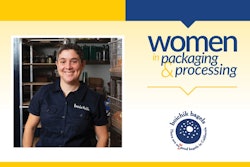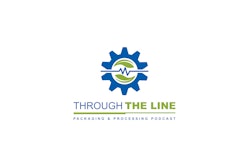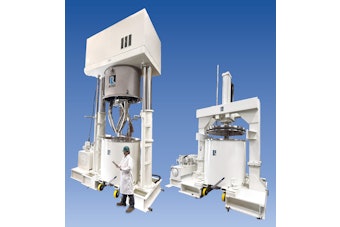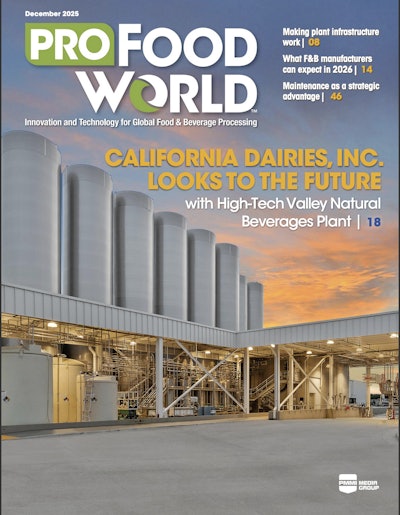Chris Horton, AMS Systems Specialist, DeLaval: Hi, my name’s Chris Horton. I am an AMS systems specialist with DeLaval, which is a global manufacturer of dairy equipment, equipment that's used to milk cows, and I've, today, got some examples here of some products that are used on milking equipment that you can see across the table in front of you, and as this is the 3A sanitary conference, what we’re talking about here is what it takes to design equipment to meet sanitary hygienic standards.
So, most of us drink milk, milk products and food and whatnot, and assume that those products are produced in sanitary factories. Well, how is that done? How does an engineer know how to design things so that are clean? That's what comes with 3A design.
So, the various components that come out, something like this valve here, it’s a lot of different parts, the type of steel, how it's assembled, all the different angles and whatnot, how things are machined and bored and polished, all of those things have to be done so that the product can be easily cleaned. It can be excessed so that it can be inspected and maintained. And then as a manufacturer we have to prove that.
So, to prove that, we put documentation together, and there's some different examples on the table here for the various components of the type of engineering documentation, both the design drawings and documentation to show that the steel, the plastic, the rubber compounds that are in that meet the FDA requirements so that those products are not leaching metals or chemicals or things like that into the food that we eat, and that's what all of this has to do with coming together.
So, this is a receiver. This is what accepts the milk that comes out of the cow, or it is pumped to a tank. This is just part of a valve body here, an actuator that controls the direction that milk is going to flow to.
These are part of cleaning valves. When the milking equipment is cleaned, this is how the cleaning solutions are sucked up, and there's different types of valves inside here. This is a normally open valve and a normally closed valve. This is a type of an air purge valve.
When the process is done, whether the pipeline is full of milk or cleaning solution, we have to empty that, and that's done by injecting air into what's called an air purge to push that product out of the pipeline in preparation for the cleaning or at the end of a cleaning, we want to make sure all these cleaning chemicals are out of the pipeline before we put milk into it. This is just part of a milk pump inside here.
And this last item here is what's called a claw, and this is what, I've got it in different pieces here, but this is what's actually used to milk the cow. We take these four milking units here. We put them on the 4 teats on the cows, and we use a combination of vacuum and pulsation to mimic something like you may have seen in the movies or something back in the day where people milk cows by hand. We mimic that today using vacuum and pulsation where we squeeze a rubber liner that goes around to extract the milk out of the cow, and that's where it all starts. And from there we get ice cream and cheese.






















